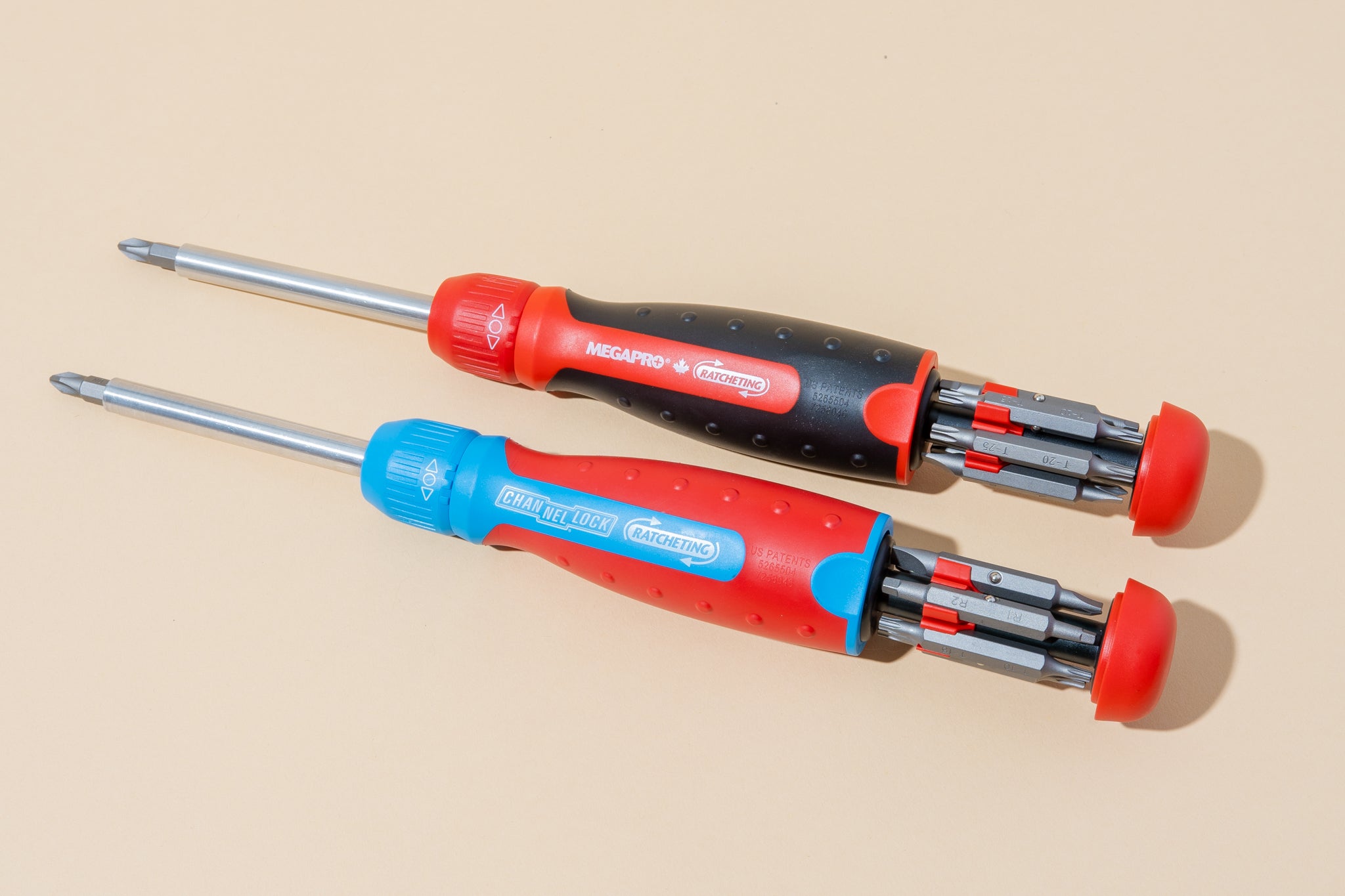

Articles
Are Screw Drivers Considered Hand Tools?
Modified: August 24, 2024
Discover the different types of hand tools, including screwdrivers and Phillips head screwdrivers. Learn more in our informative articles on hand tools.
(Many of the links in this article redirect to a specific reviewed product. Your purchase of these products through affiliate links helps to generate commission for Storables.com, at no extra cost. Learn more)
Introduction
Hand tools are essential instruments used in various industries and everyday tasks to perform manual work. They are versatile devices designed to aid in construction, repair, maintenance, and other manual operations. Among the wide array of hand tools, screwdrivers and Philips screwdrivers stand out as indispensable allies in any toolbox.
Screwdrivers are simple yet effective tools used to tighten or loosen screws. They consist of a handle and a shaft with a tip specifically designed to fit into the head of a screw. The handle provides a comfortable grip for the user, while the shaft delivers the torque needed to rotate the screw.
Philips screwdrivers, on the other hand, are a specific type of screwdriver distinguished by their unique tip design. Unlike regular screwdrivers that have a flat tip, Philips screwdrivers have a cross-shaped tip. This design allows for better engagement with Phillips head screws, which have an X-shaped indentation in the head.
In this article, we will delve deeper into the world of hand tools, exploring the different types of screwdrivers and shedding light on the distinctive features of Philips screwdrivers. By the end, you will have a comprehensive understanding of these crucial tools and their roles in everyday tasks and professional applications.
Key Takeaways:
- Screwdrivers are versatile hand tools designed for tightening or loosening screws, with various types such as flathead, Phillips, Torx, hex, and Robertson, each suited for different screw head designs.
- Phillips screwdrivers, with their unique cross-shaped tip, are purpose-built for engaging with Phillips head screws, providing better torque transfer and reducing the risk of slippage and cam-out, making them indispensable in numerous industries.
Definition of Hand Tools
Hand tools are manual instruments utilized for various purposes across multiple industries. They are designed for direct operation and manipulation by hand, without the need for external power sources. These tools are commonly made of durable materials such as steel, alloy, or wood, ensuring their longevity and effectiveness.
Hand tools can encompass a wide range of devices, each tailored for specific applications. Some common examples include hammers, screwdrivers, wrenches, pliers, tape measures, and saws. These tools are versatile and can be used in construction, woodworking, automotive repair, plumbing, electrical work, and many other fields.
The primary advantage of hand tools is their simplicity and portability. They are lightweight and compact, making them easy to carry and maneuver in tight spaces. Hand tools provide a direct physical connection between the user and the task at hand, allowing for greater precision and control.
Furthermore, hand tools offer a cost-effective and reliable solution to perform various tasks. They do not rely on electricity, batteries, or fuel, making them accessible and suitable for both professional tradespeople and DIY enthusiasts.
Hand tools are essential for a wide range of tasks, from simple household repairs to complex construction projects. By choosing the right tool for the job and mastering its use, individuals can accomplish tasks efficiently and effectively while ensuring the quality and integrity of their work.
Screwdrivers: Overview and Types
Screwdrivers are invaluable tools that serve the purpose of tightening or loosening screws. They are designed to apply torque to the screw, allowing it to be inserted or removed from a material. Screwdrivers consist of a handle and a shaft with a tip that matches the corresponding screw head.
There are various types of screwdrivers, each tailored to different screw heads and applications. Here are some of the most common types:
- Flathead Screwdrivers: Also known as slotted screwdrivers, these have a flat, straight tip that fits into screws with a single slot or groove in the head. Flathead screwdrivers are versatile and can be found in many different sizes to accommodate various screw dimensions.
- Phillips Screwdrivers: Phillips screwdrivers, often referred to as crosshead screwdrivers, have a unique cruciform or cross-shaped tip. They are specifically designed for use with Phillips head screws, which feature an X-shaped indentation in the head. The shape of the Phillips screwdriver tip helps prevent slippage and provides better torque transfer.
- Torx Screwdrivers: Torx screwdrivers are used for Torx head screws, which have a six-pointed star-shaped recess. These screws are commonly found in automotive and electronics industries, as they provide higher torque transmission and reduce the risk of cam-out (the tip slipping out of the screw head).
- Hex Screwdrivers: Hex screwdrivers, also known as Allen wrenches or hex keys, have a hexagonal-shaped tip. These screwdrivers are mainly used for hexagonal-headed screws, commonly found in furniture assembly, bicycles, machinery, and other applications.
- Robertson Screwdrivers: Robertson screwdrivers, invented by Canadian inventor P.L. Robertson, have a square-shaped tip. They are widely used in Canada and are known for their excellent grip and torque transmission.
It’s important to have a variety of screwdrivers in your toolbox to be prepared for different screw types and sizes. Having the right screwdriver ensures a snug fit, minimizing the risk of damaging the screw or the material being worked on.
Phillips Screwdrivers: Purpose and Design
Phillips screwdrivers are a specific type of screwdriver that play a crucial role in various industries and applications. They are designed specifically for use with Phillips head screws, which are recognizable by their X-shaped indentation on the head.
The purpose of Phillips screwdrivers is to provide efficient and secure fastening or loosening of Phillips head screws. The unique shape of the Phillips screw head and the corresponding screwdriver tip allow for better engagement and torque transfer compared to flathead screwdrivers.
The design of a Phillips screwdriver includes a handle and a tip with a cross-shaped profile. The handle is typically made of durable material, providing a comfortable grip and allowing for sufficient torque to be applied during use. The tip of the Phillips screwdriver is specifically machined to match the dimensions of the Phillips screw head, ensuring a precise fit.
The cross-shaped tip of the Phillips screwdriver features four arms that taper towards the tip. The angles of the arms allow for optimal contact with the recessed X-shaped indentation of the Phillips head screw. This design reduces the risk of slippage and improves torque transmission, making it easier to tighten or loosen Phillips head screws.
One of the primary advantages of Phillips screwdrivers is their widespread use in various industries, particularly in manufacturing, construction, and electronics. Many products, ranging from household appliances to electrical devices, utilize Phillips head screws. Having a Phillips screwdriver in your toolbox ensures that you are prepared to work with these commonly encountered screws.
It’s important to note that Phillips screwdrivers come in different sizes to accommodate various screw dimensions. It is crucial to select the right size screwdriver to ensure a secure fit and prevent damage to the screw or the surrounding material.
In summary, Phillips screwdrivers are purpose-built tools designed to facilitate the handling of Phillips head screws. Their unique design provides enhanced engagement and torque transfer, making them indispensable in numerous industries where Phillips screws are used.
Screwdrivers and Philips screwdrivers are both types of hand tools used for driving screws. Screwdrivers have a flat tip, while Philips screwdrivers have a cross-shaped tip.
Other Types of Screwdrivers
In addition to the popular flathead and Phillips screwdrivers, there are several other types of screwdrivers available that cater to specific screw head designs. These additional screwdriver types offer versatility and ensure a secure fit for different screw types. Here are a few notable examples:
- Torx Screwdrivers: Torx screwdrivers are designed for screws with a six-pointed star-shaped recess known as a Torx head. These screwdrivers provide increased torque transfer and are commonly used in electronics, automotive, and industrial applications. Torx screws are known for their resistance to cam-out, reducing the risk of slippage.
- Hex Screwdrivers: Hex screwdrivers, also known as Allen wrenches or hex keys, have a hexagonal-shaped tip. They are used with hexagonal-headed screws, often found in furniture assembly, bicycles, machinery, and other applications. Hex screwdrivers come in different sizes, ensuring a secure fit and efficient torque transfer.
- Robertson Screwdrivers: Robertson screwdrivers have a square-shaped tip, which matches the square recess of Robertson screws. These screwdrivers are widely used in Canada and are known for their excellent grip and torque transmission. Robertson screws are popular for their resistance to cam-out and are commonly used in woodworking and construction.
- Tri-Wing Screwdrivers: Tri-Wing screwdrivers are used for screws with three wings or prongs. These screws are commonly found in electronics and gaming devices, providing tamper-proof security. Tri-Wing screwdrivers are designed to prevent unauthorized access and require a specific tool for removal.
- Pozidriv Screwdrivers: Pozidriv screwdrivers are similar in appearance to Phillips screwdrivers but feature additional cross-shaped indentations. Pozidriv screws are commonly found in European-made products and offer better torque transmission and reduced slippage compared to Phillips screws.
It’s important to have a variety of screwdrivers in your toolbox to be prepared for different screw types and sizes. Using the appropriate screwdriver ensures a secure fit and helps prevent damage to the screw or the surrounding material. Remember to select the right size and type of screwdriver according to the specifications of the screw you are working with.
By having a diverse range of screwdrivers at your disposal, you can tackle a wide range of tasks and confidently handle various screw types encountered in different industries and applications.
Read more: How To Market Hand Tools
Differences Between Screwdrivers and Philips Screwdrivers
While both screwdrivers and Philips screwdrivers serve the purpose of tightening and loosening screws, there are distinct differences between these two types of tools. Understanding these differences can help you choose the right tool for the job and ensure efficient and effective screw handling. Here are some key differentiators:
- Tip Design: The most significant difference between screwdrivers and Philips screwdrivers lies in their tip design. Regular screwdrivers have a flat, straight tip, while Philips screwdrivers have a cross-shaped tip with four tapering arms.
- Screw Compatibility: Screwdrivers are designed for use with screws that have a single slot or groove in the head, commonly known as slotted screws. Philips screwdrivers, on the other hand, are specifically designed for use with Phillips head screws, which feature an X-shaped indentation.
- Torque Transfer: The unique design of Philips screwdrivers allows for improved engagement and torque transfer when working with Phillips head screws. The tapering arms of the screwdriver tip fit into the recessed X-shaped indentation of the screw head, minimizing the risk of slippage and providing better leverage for tightening or loosening the screw.
- Preventing Cam-out: Cam-out refers to the unintentional slipping of the screwdriver tip out of the screw head during tightening or loosening. Philips screwdrivers are designed to reduce the risk of cam-out, ensuring a more secure and efficient screw handling experience compared to regular screwdrivers.
- Applications: While regular screwdrivers can be used for a variety of screws with a single groove, Philips screwdrivers are mainly used for Phillips head screws. Phillips screws are commonly found in electronics, appliances, machinery, and many other products, making Philips screwdrivers a staple in various industries.
- Choice and Availability: Regular screwdrivers come in a wide range of sizes and are readily available. However, the availability and range of sizes may vary for Phillips screwdrivers as they are designed for a specific type of screw. It is important to have multiple sizes of both regular screwdrivers and Phillips screwdrivers to match the different screw dimensions encountered.
By understanding the differences between screwdrivers and Philips screwdrivers, you can select the appropriate tool for the specific screw type and ensure optimal performance. Having a well-equipped toolbox with a variety of screwdrivers will enable you to handle different screws encountered in various applications with ease and precision.
Conclusion
Hand tools are essential instruments that play a vital role in various industries and everyday tasks. Among the diverse range of hand tools, screwdrivers and Philips screwdrivers stand out as indispensable tools in any toolbox.
Screwdrivers, with their simple yet effective design, enable users to tighten or loosen screws. They consist of a handle and a shaft with a tip specifically designed to fit into the head of a screw. Screwdrivers come in various types, including flathead, Phillips, Torx, hex, and Robertson, each suited for different screw head designs.
Phillips screwdrivers, in particular, are notable for their purpose-built design. With their unique cross-shaped tip, they are specifically designed for use with Phillips head screws, featuring an X-shaped indentation. The design of Philips screwdrivers enhances engagement with the screw head, improves torque transfer, and reduces the risk of slippage and cam-out, making them a popular choice in numerous industries.
It’s important to have a diverse range of screwdrivers in your toolbox to be prepared for different screw types and sizes. This ensures a secure fit, prevents damage to the screw or material, and allows for efficient and effective screw handling.
In conclusion, hand tools, particularly screwdrivers and Philips screwdrivers, are invaluable assets that enable us to tackle a wide range of tasks and projects. By choosing the right tool for the job and harnessing their capabilities, we can ensure optimal performance, precision, and efficiency in our manual operations.
So, whether you’re a professional tradesperson or an avid DIY enthusiast, having a well-equipped toolbox with a variety of screwdrivers will empower you to handle different screws encountered in various applications with ease, confidence, and success.
Frequently Asked Questions about Are Screw Drivers Considered Hand Tools?
Was this page helpful?
At Storables.com, we guarantee accurate and reliable information. Our content, validated by Expert Board Contributors, is crafted following stringent Editorial Policies. We're committed to providing you with well-researched, expert-backed insights for all your informational needs.
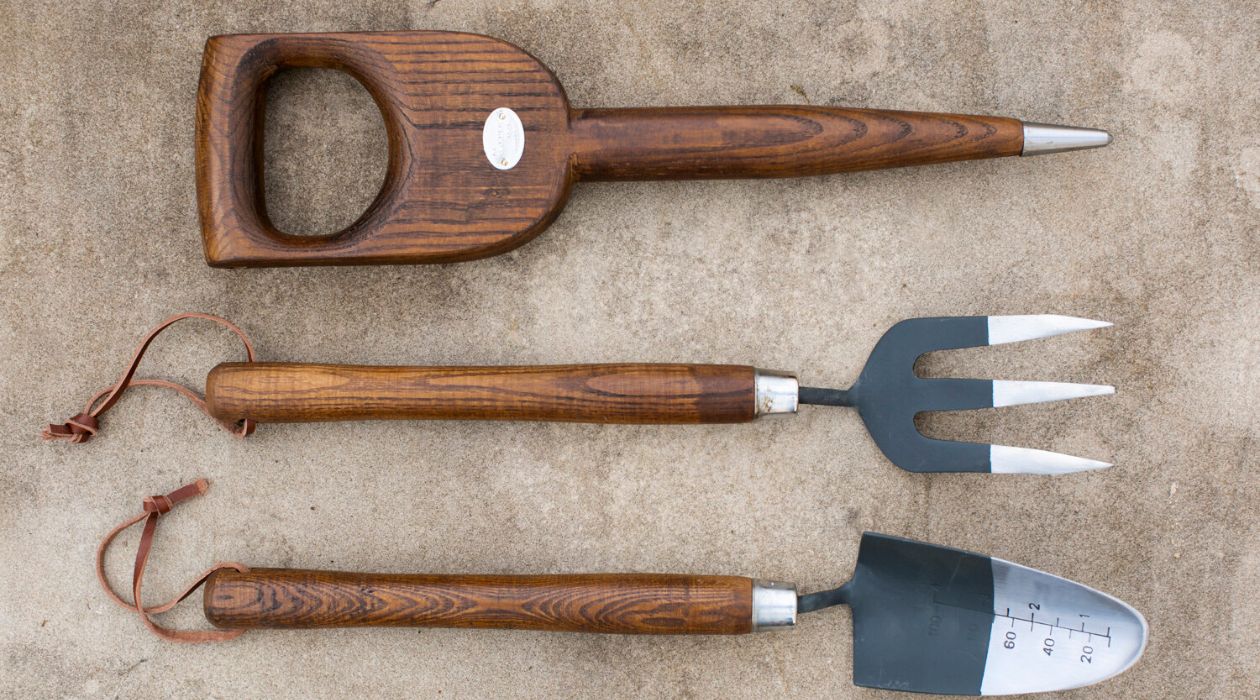
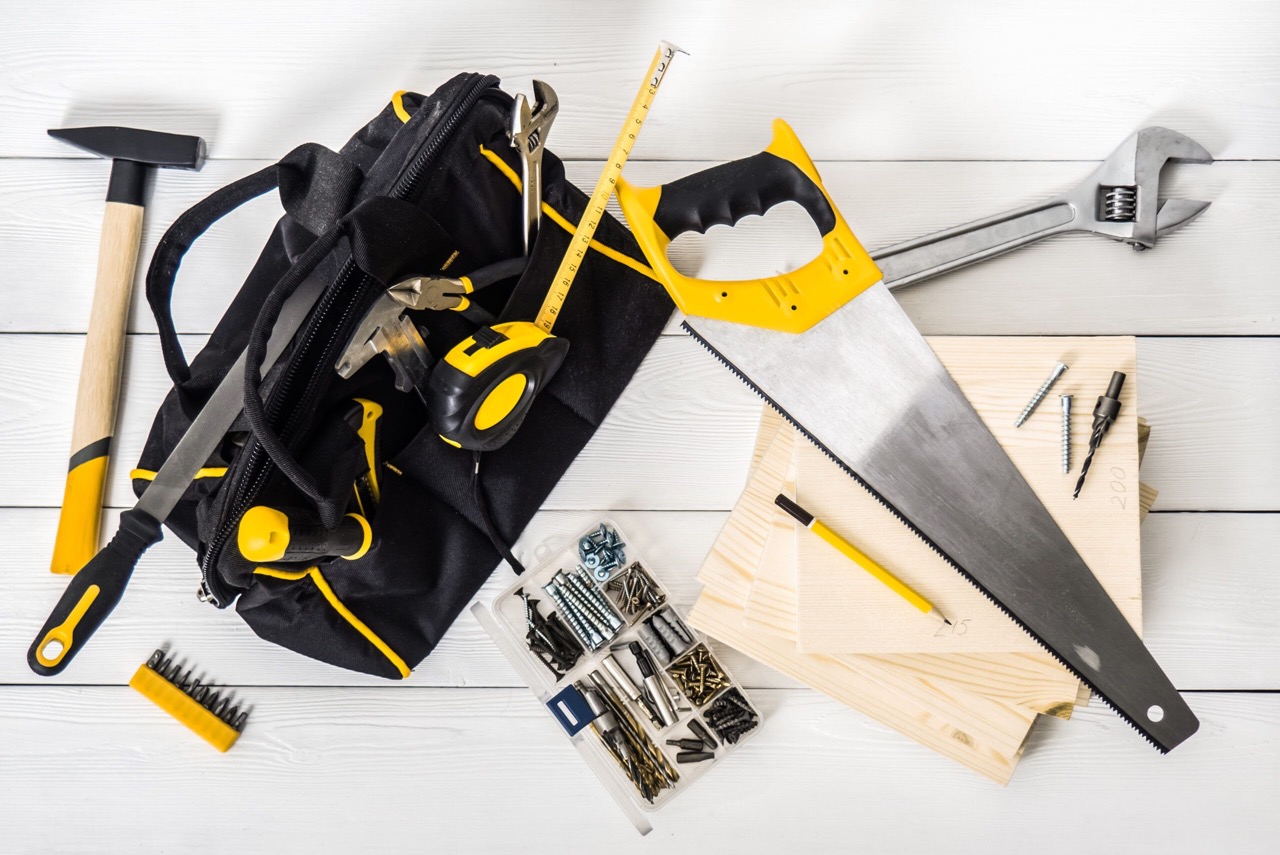
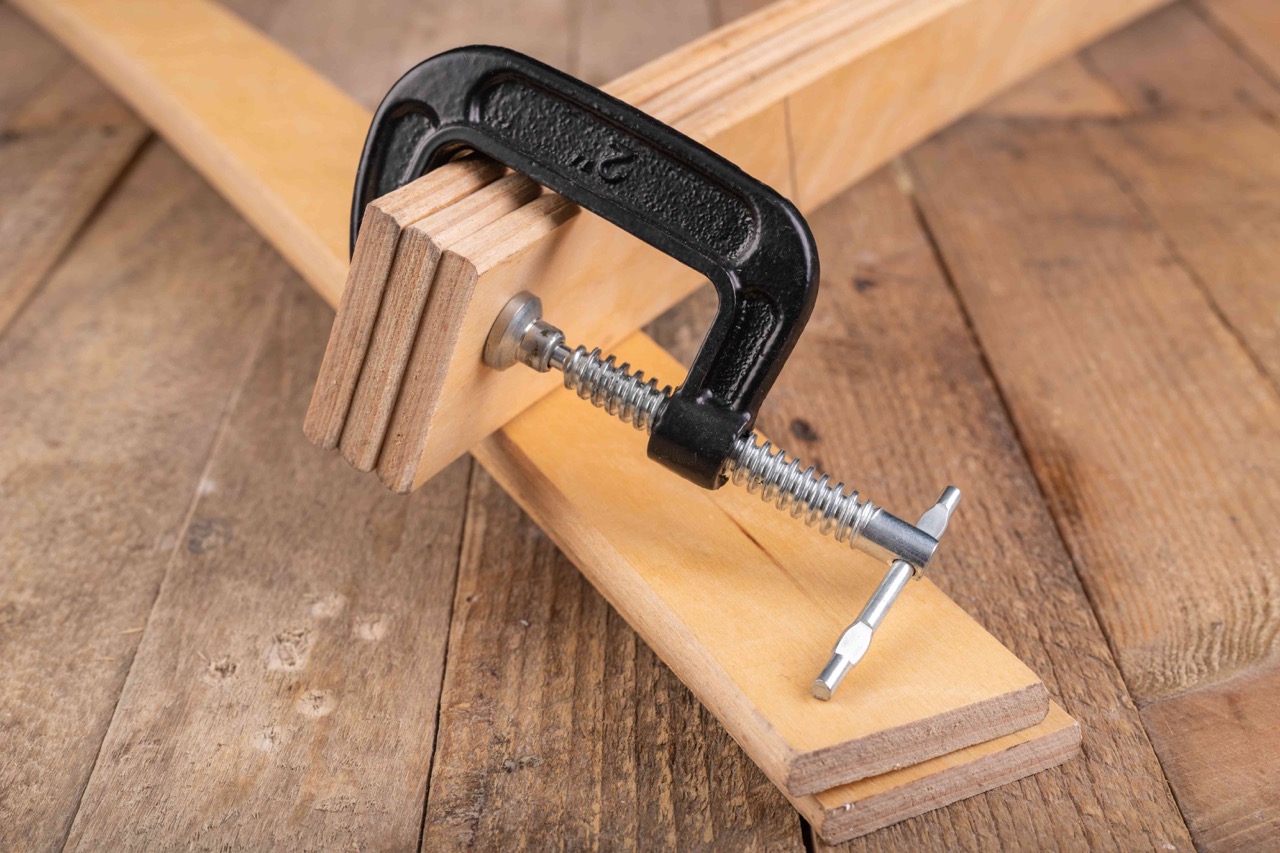
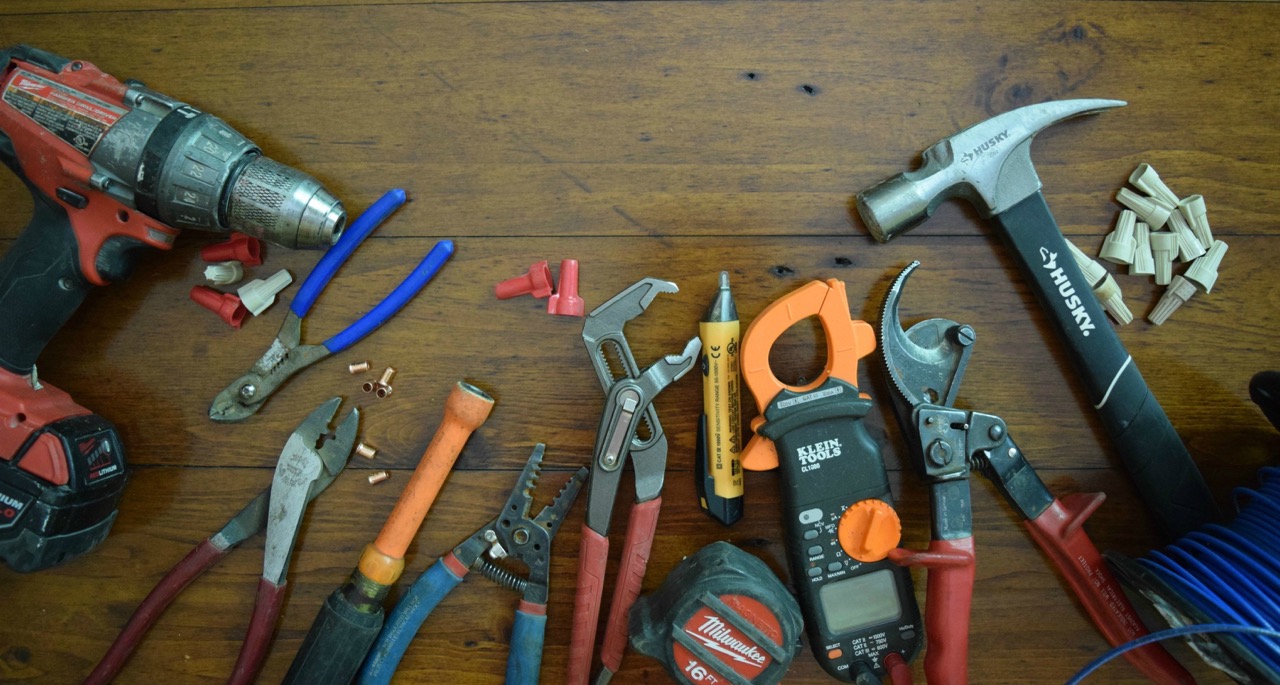

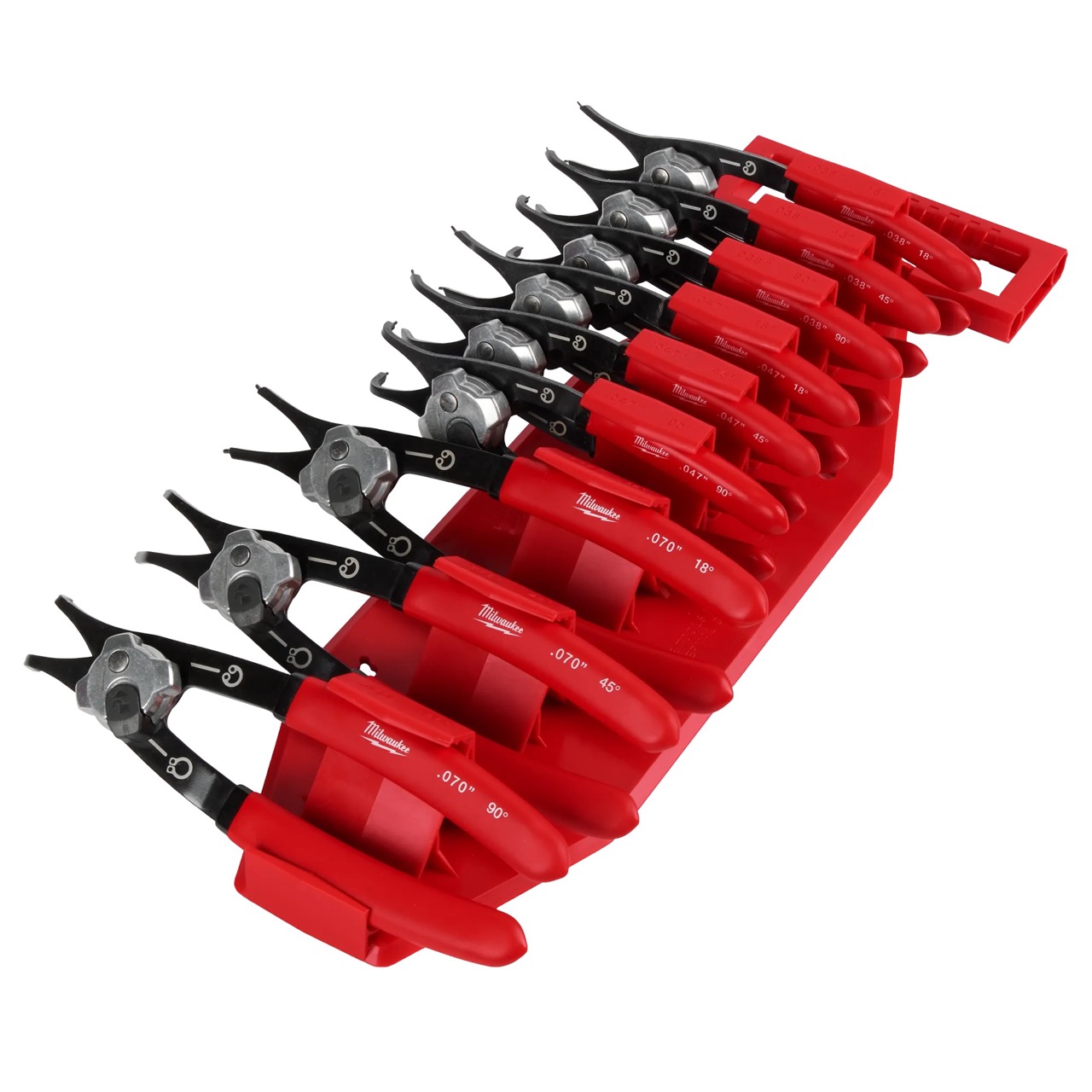
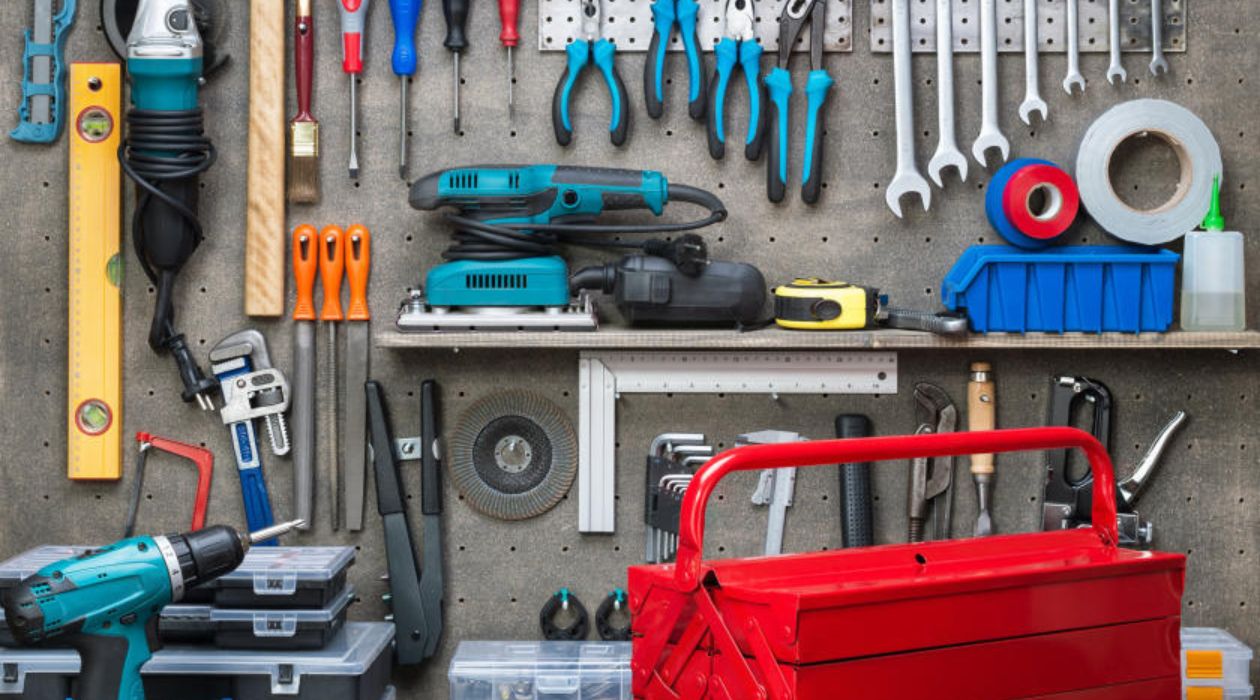
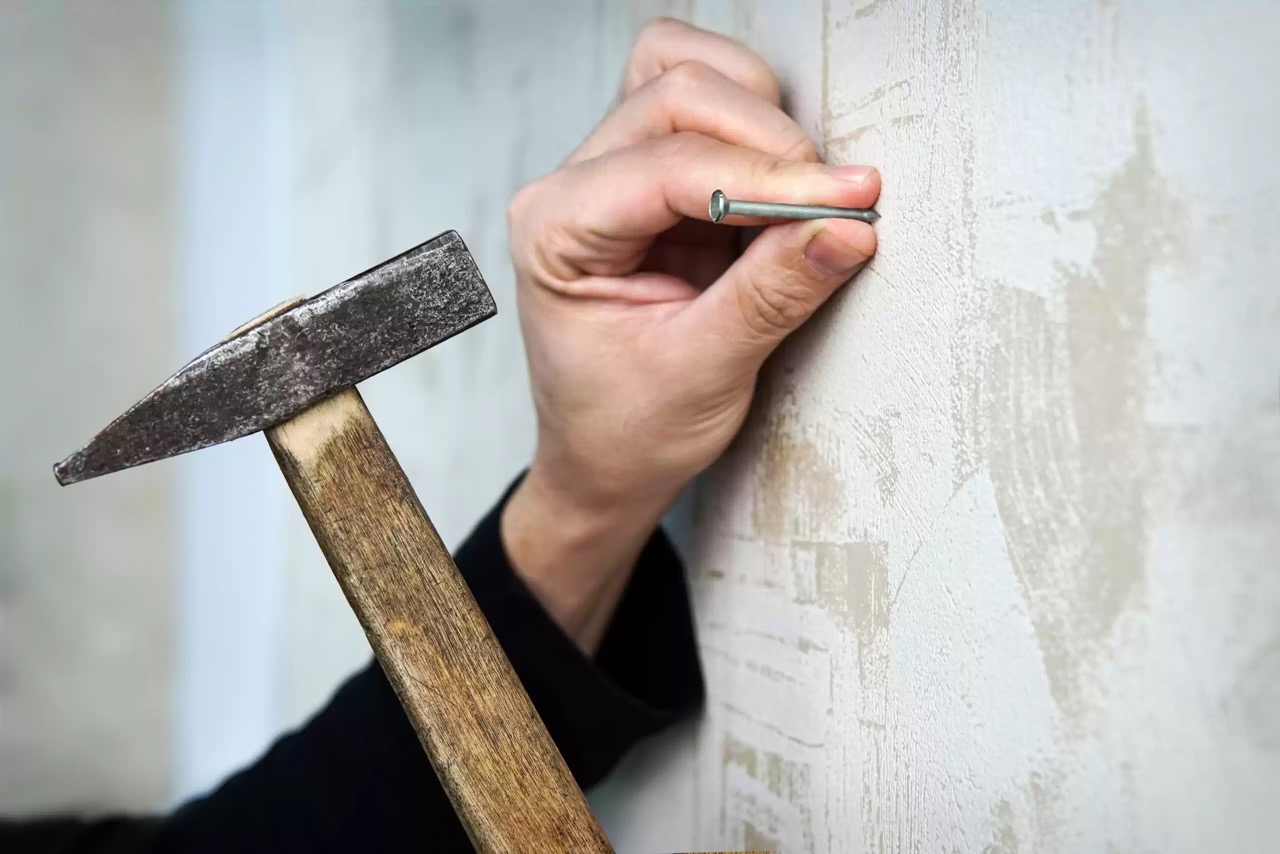
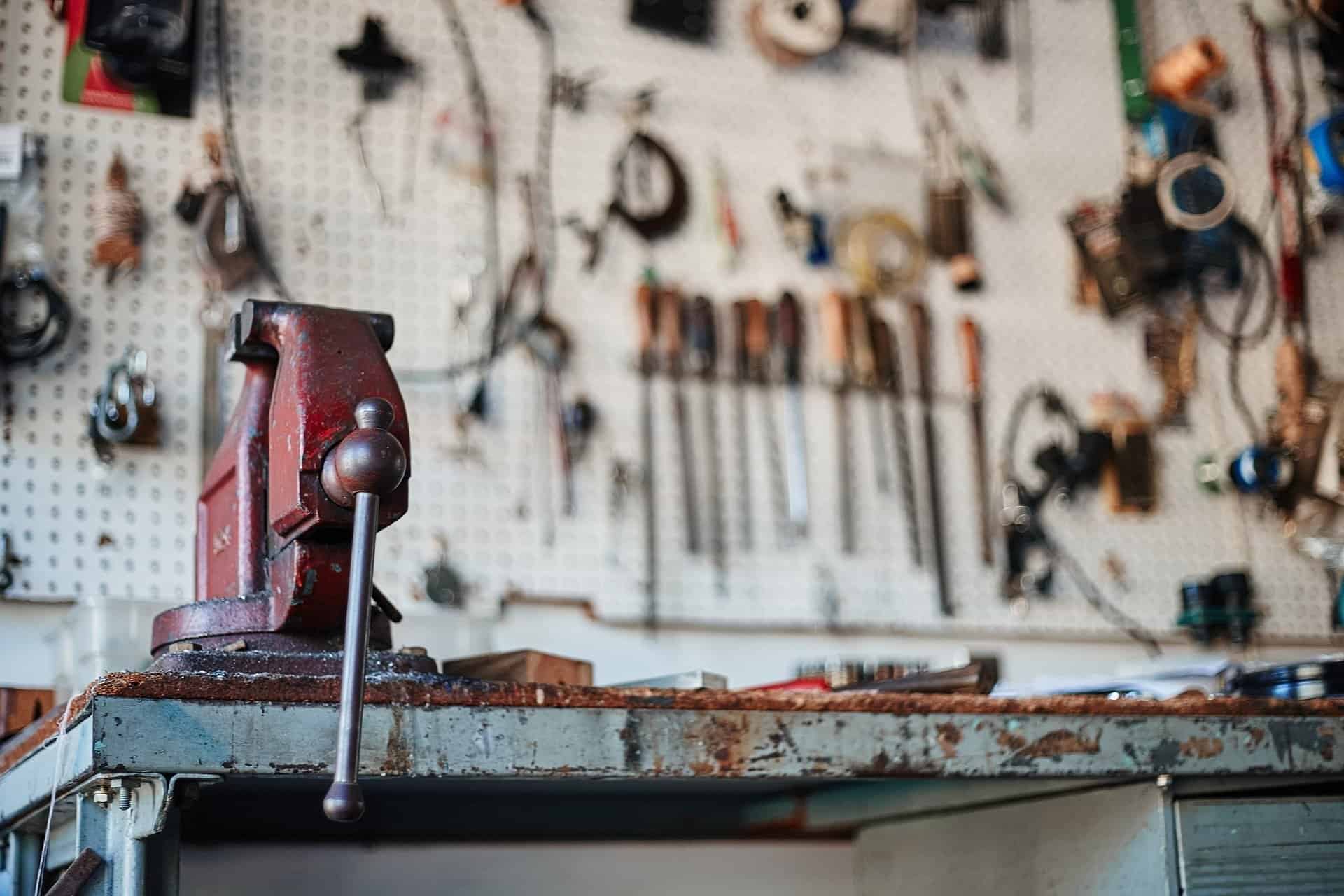
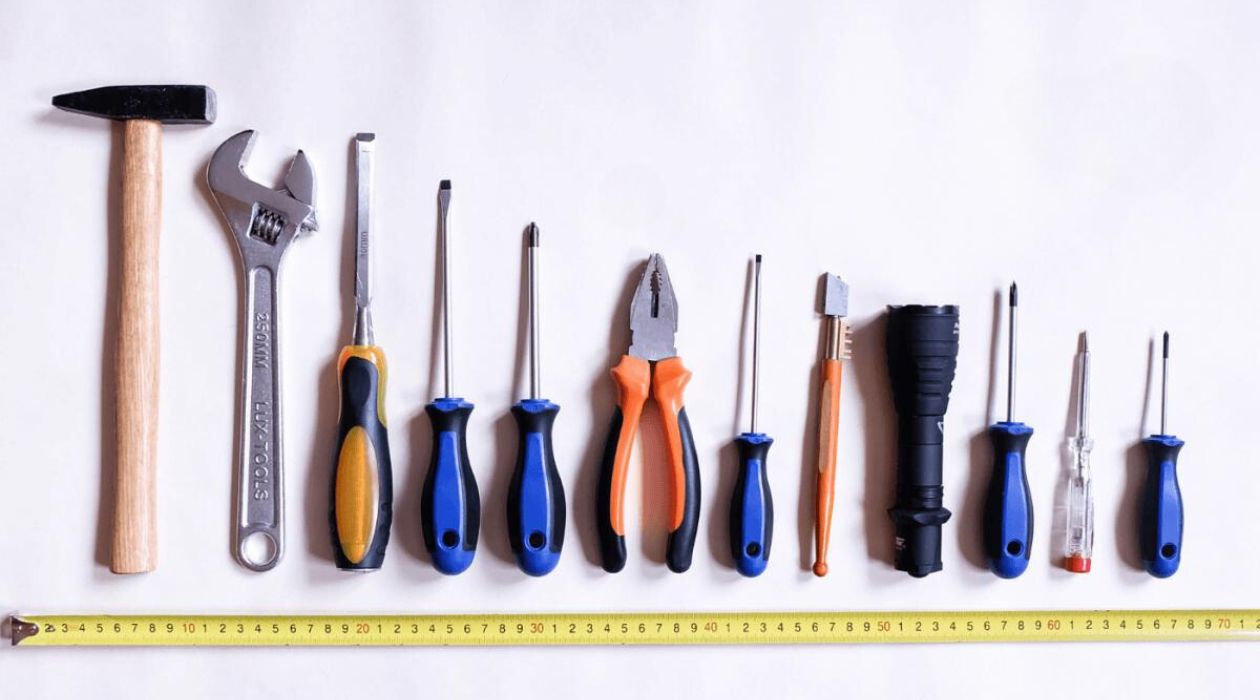
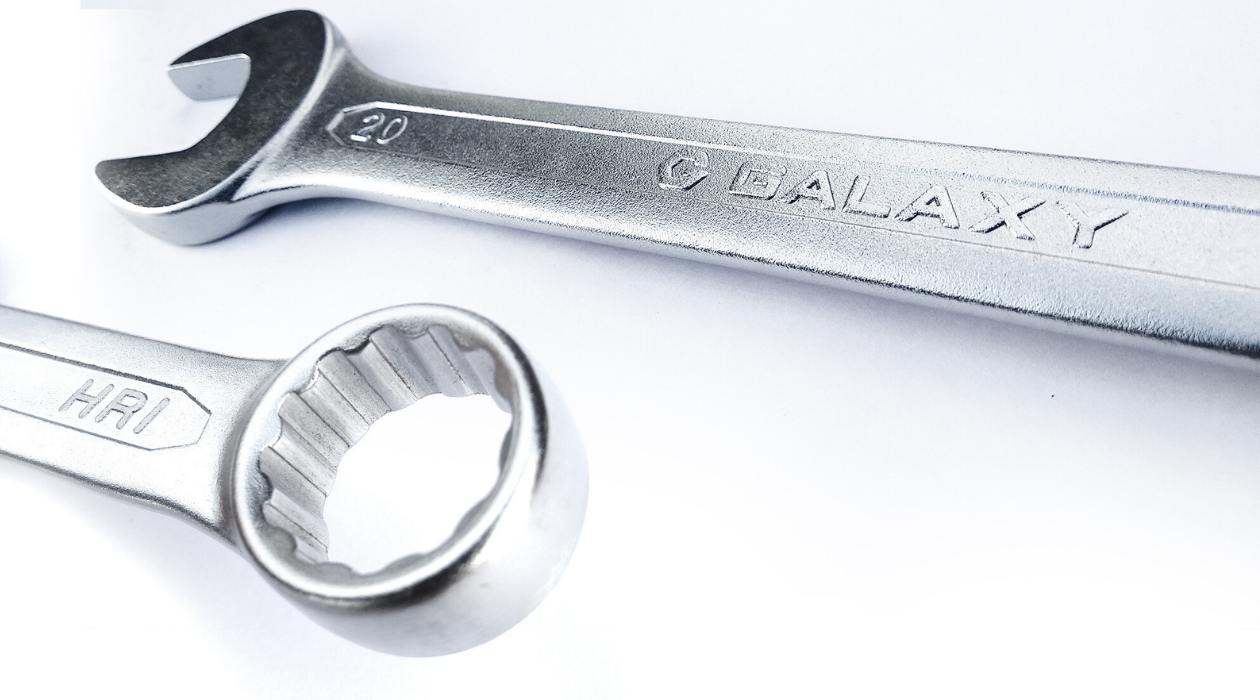
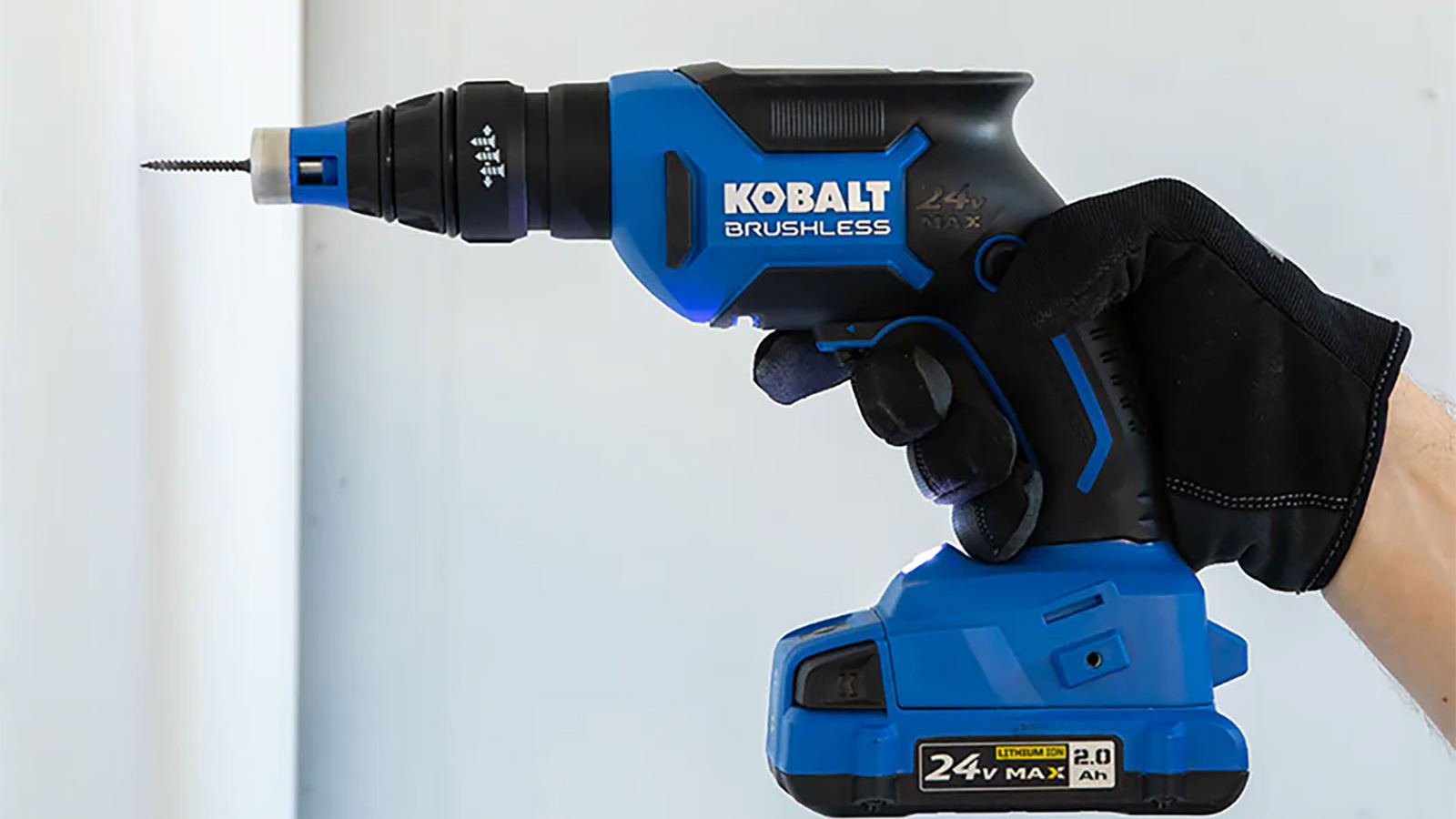
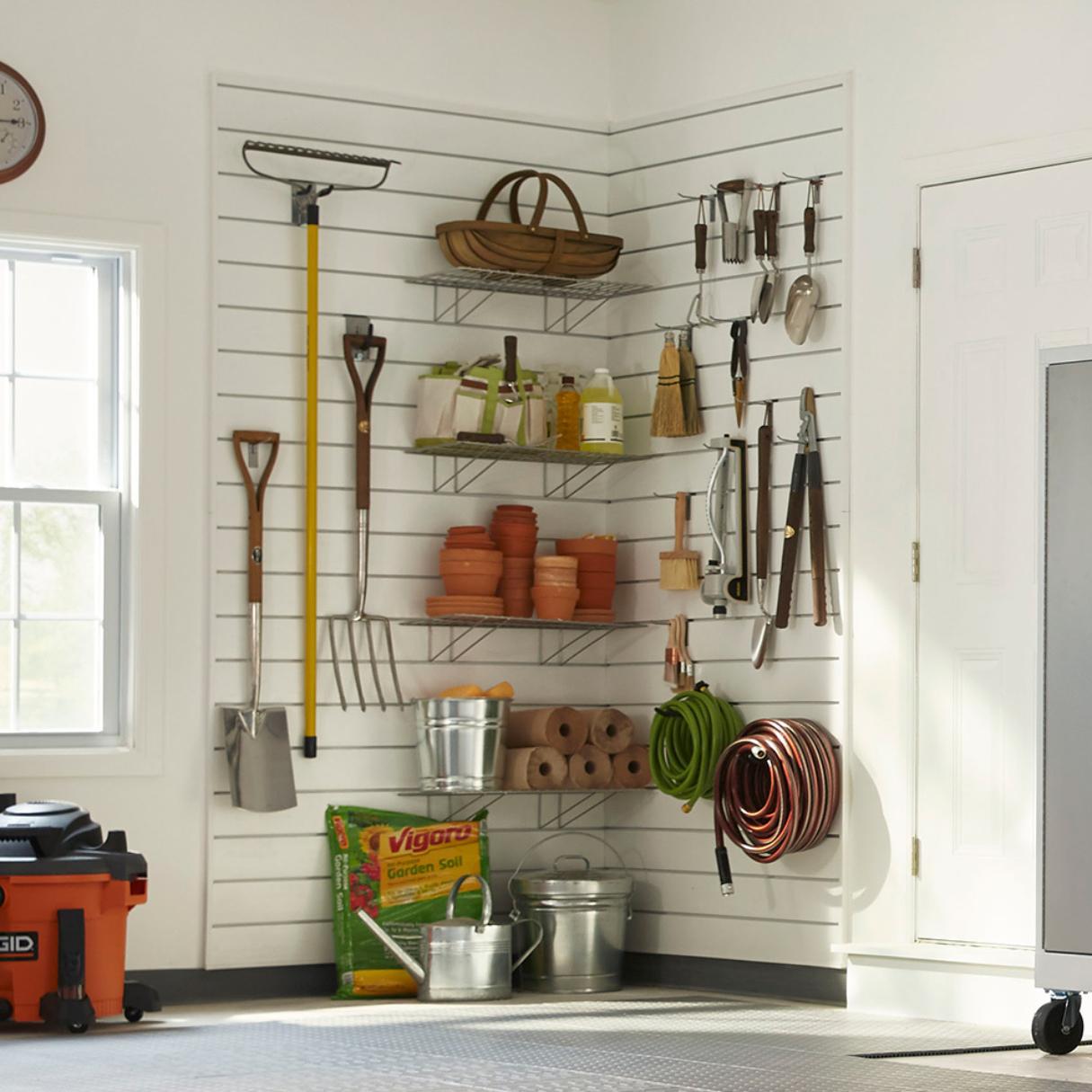
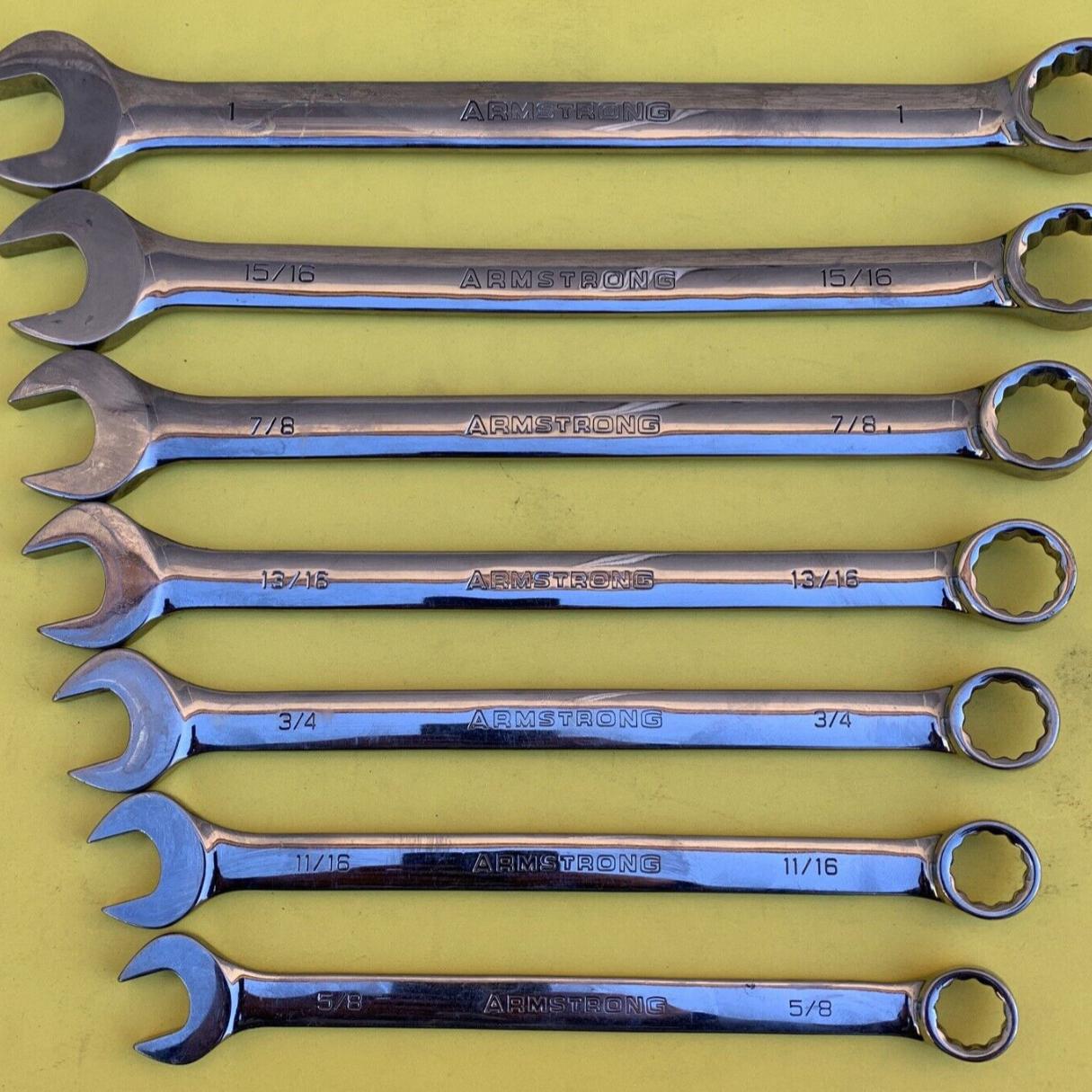

0 thoughts on “Are Screw Drivers Considered Hand Tools?”